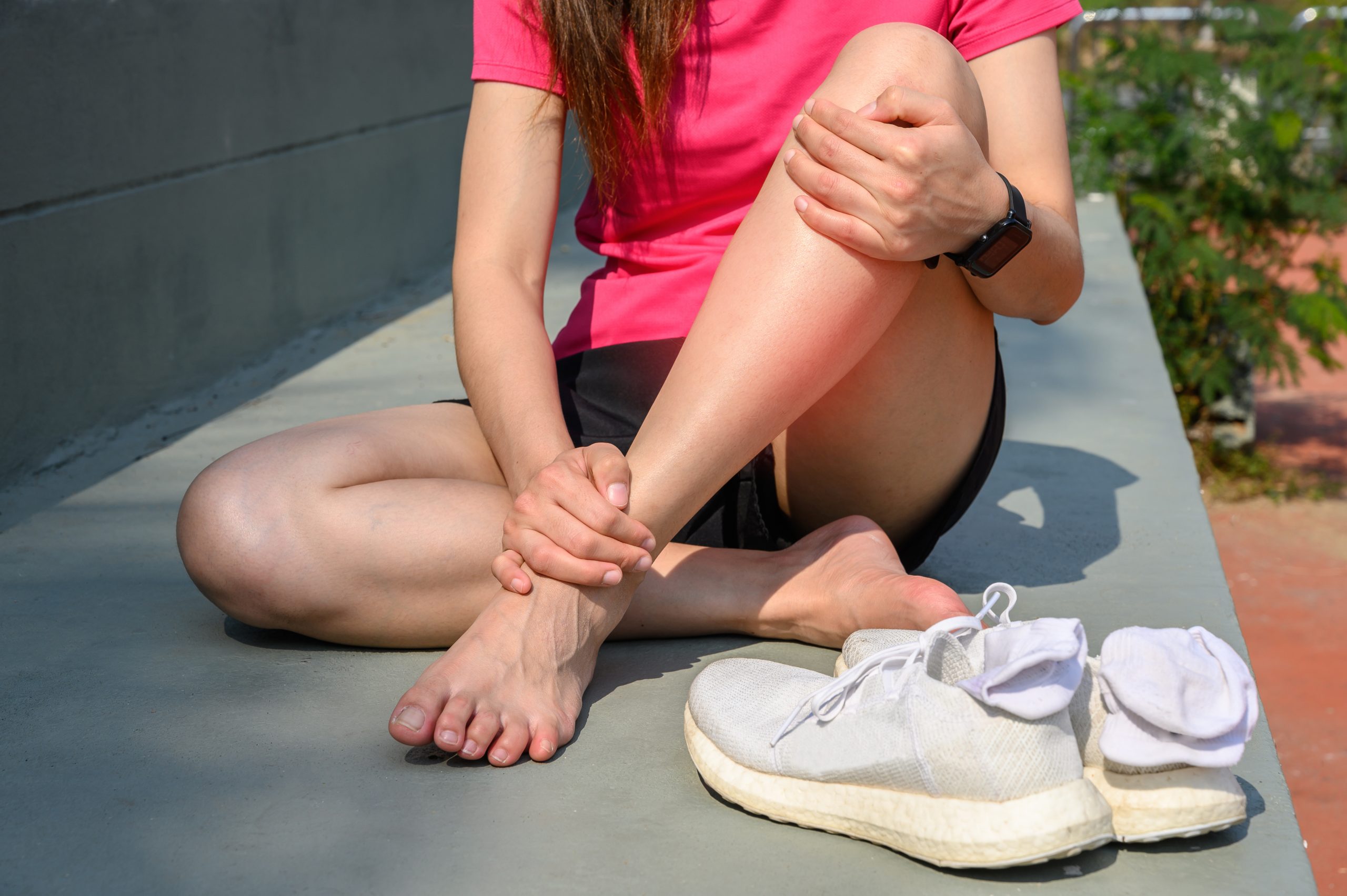An article written by Christian Dischler. Whether an advanced runner or just starting, you may have suffered from shin splints at some point. Occurring near the tibia bone that runs along the front of the leg, the pain is caused by overuse and impact, combined with biomechanic inconsistencies. If not treated correctly, these short-term injuries can evolve into long-term problems, such as stress fractures, that can sideline you for extended periods. Staying proactive with some prevention methods will allow you to keep hitting the pavement on your way to a consistent cardio routine.
Awareness
Be mindful of your running limits and how rapidly you increase your activity level. Shin splints are most common in novice to intermediate runners who ramp up their intensity abruptly, increasing the impact and stress on their bodies. Listen to your body during and after a run, then you can tweak your approach. Additionally, be aware of your running shoes’ quality, their level of use, and whether or not you could benefit from an orthotic insole. Invest in a supportive pair of shoes that fit and replace them at least every 350 miles you run.
Form
Many runners haven’t taken the time to assess their running form, and approach it as though they have infallible instincts. You should remain objective when self-evaluating your form. Aim for a front or mid-foot strike, not heel-first. This prevents your foot from slamming against the ground and stops your muscles from being overextended during a run. While focused on form, try to implement a consistent and shorter stride, which can/maximize efficiency and minimize injury.
Stretching & Training
Stretching is one of the most effective methods of preventing injuries and gives your body the best chance to endure the rigors of dynamic exercise. Explore calf stretches, Achilles heel pliability, and anterior tibialis stretches before your runs; combined with warm-ups and cool-downs. Strength training will also fortify your resistance to shin splints, so incorporate resistance training on your days off, and continue to stretch while engaging different muscle groups outside of running.
Try these methods to help alleviate your risk of shin splints. Should you still encounter them, adjust your training regimen, and cease activity in favor of rest and ice until the pain subsides. While the methods listed above will help, they are simply the first line of defense, and when you experience shin splints, taking some much-needed rest while reassessing your running approach is pivotal in the recovery process.
BACK INTO ACTION: REHABBING PLANTAR FASCIITIS

An Artical written by Christian Dischier. The plantar fascia is a fibrous tissue stretching along the sole of the foot that attaches to the heel, where it’s responsible for supporting the arch and maintaining mechanics during varying activities. It’s an essential component in how our feet withstand the everyday pressures of walking and running and can severely hinder our routine when it’s injured.
What is Plantar Fasciitis
Plantar Fasciitis can occur from overuse, sudden impact, or due to deteriorating elasticity over the course of time. The pain will typically be local to the heel area and can happen following a misstep or can onset unexpectedly in the middle of an exercise. If left untreated, plantar fasciitis can linger and lead to more serious injury. At Action Physical Therapy, it’s important to us that your well-being takes precedence above all. That’s why our team of professionals believes you should always attempt to repair an injury like plantar fasciitis with therapy first, before looking into medical treatments like injections or surgery. This allows your body to heal itself how it’s intended to, which could save you financial trouble and more extensive difficulties down the road.
How We Help
Physical therapy promotes rehab from injury through in-depth biomechanical analysis, precision stretching, and correcting details in exercise habits that will pay off in the long run. With plantar fasciitis, it begins by discovering the root of the issue, which involves diagnosing how or why the injury occurred and if there are any contributing factors, such as your gait, shoe choice, or routine. Action Physical Therapy looks at these factors and prescribes the proper rehab options for a complete recovery and creates a customized rehab plan that takes your unique traits into account.
Rehab & Recovery
Your rehab plan will include dynamic stretches that work out several muscle groups. Plantar fasciitis can stem from many areas of the lower body, and using
compound exercises will help pinpoint and correct the issue. We will employ therapeutic methods to increase flexibility and range of motion that can help you return to form and prevent future injuries. Remember, no two bodies are the same, so it’s important to have a therapist evaluate your injury in order to equip you with the tools needed to repair the damage. The foot is one of the most complicated networks of muscles, tendons, and bones in our body. When you injure your feet, it requires diligent work to get back to full speed, but Action Physical Therapy is here to help you.
